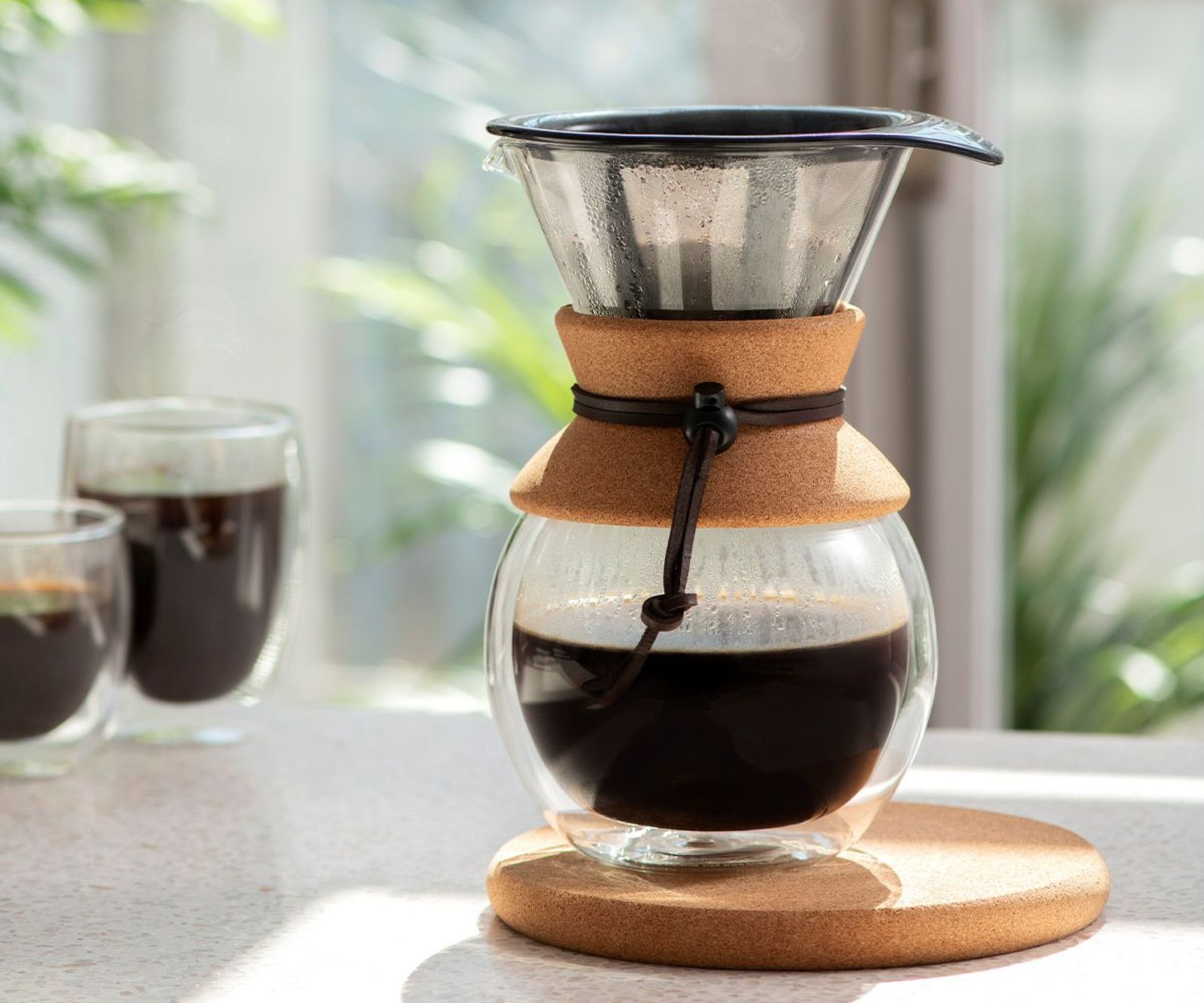How to grind coffee without a coffee grinder – advice from baristas
With these methods you won’t have to go a day without freshly ground coffee


Coffee is the morning ritual of almost everyone in the country. If you're really obsessed, you'll even grind your own beans so that you can have a fresh cup.
But sometimes you may not have access to your usual coffee. You might have picked up a load of whole beans instead of pre-grinded coffee by accident, or your grinder is out of commission. However, you need not worry; there are many ways to grind and make coffee without a grinder.
Mastering the art of grinding coffee without a coffee grinder is similar to mastering cold brews, in that it takes time and patience to achieve the desired result. Ideally, you want a method that offers the same control of the best coffee grinders and one that doesn’t require barista training.
How to grind coffee without a coffee grinder
Grinding coffee without a grinder is a common challenge for coffee enthusiasts. Our experts have shared several alternative methods you can use to achieve a decent grind. Here are some of these methods:
1. Hammer and plastic bag

According to Johny Morrisson, barista and coffee blogger, one way to grind coffee without a coffee grinder is to use a hammer and a plastic bag. Grab a sturdy plastic bag that can be tightly sealed, such as these Ziploc bags from Walmart. Place a desired amount of coffee beans into the bag and make sure it's sealed securely to avoid any mess. Lay the sealed bag on a flat, stable surface like a countertop.
Now, take a hammer or a rolling pin and apply controlled, gentle taps or rolls to the bag. The goal is to crush the coffee beans evenly without exerting too much force. This method is best for producing coarse grinds that are great for French press or cold brew. However, bear in mind It's easy to go too far with a hammer, so start with light taps and increase force as needed. The goal is to crack the beans, not pulverize them. You also need to take care you don't damage your countertop.

Coffee About is a group of coffee experts who have had hands-on experience with almost every coffee-related ingredient. They have compiled all of our knowledge into this blog to provide the most valuable and trustworthy content to their readers.
2. Rolling pin
Similar to the plastic bag and hammer technique, use a sealed plastic bag to contain your coffee beans or place your beans between two sheets of parchment paper. Lay the bag on a stable surface. Take a rolling pin and roll it back-and-forth over the bag.
Design expertise in your inbox – from inspiring decorating ideas and beautiful celebrity homes to practical gardening advice and shopping round-ups.
The weight of the rolling pin, combined with the rolling action, will crush the coffee beans inside the bag. Think of it as using the rolling pin as a precision instrument to gradually flatten and break down the coffee beans, resulting in a consistent grind. The trick is to maintain consistent pressure to achieve a uniform grind.
3. Blender or Food Processor
If you do not have a coffee grinder then you can try using a blender or food processor to achieve the same effect. You can grind the beans in a blender but you may end up having a coarse powder on the top and powdered coffee below. To avoid this, always use the pulse function of the blender so that the coffee beans move around evenly to get a consistent powder.
‘Using a blender will help create medium to coarse grinds which is great for French press coffees, says Steve Spring, founder of Seattle Coffee Roasters. ‘It's important to exercise caution and avoid over-processing, which can result in an overly fine coffee powder.’
Even a cheap food processor from Amazon can grind coffee beans just like a blender and is one of the tasks your food processor can do that maybe you didn’t know. Most of the time, this works a little better than a blender because the bowl of a food processor is much wider, giving the beans more room to move around. In the end, this helps make the grind more even and consistent.
Steve Spring is the founder of Seattle Coffee Roasters, who explore the art of coffee-making, uncovering the traditions and innovations that have shaped the world of coffee. They share brewing methods, from the classic drip coffee to the complex art of espresso making, and experiment with different pour-over techniques to understand how each method influences flavor.
4. Knife

As an alternative to both a hammer and a rolling pin, coffee expert Kelsey Waddel suggests you use a large knife, like the Tamahagane SAN Tsubame Stainless Steel Pakkawood Chef's Knife from Amazon to crush the beans. Place the beans on a cutting board and use the flat side of a large knife to crush them.
This method is less about chopping and more about crushing. The side of the knife should be used, not the blade. Press down with your palm and use a rocking motion. By rocking back and forth you will be able to achieve a more consistent grind. This technique is best for producing coarse grounds.

Kelsey lives and breathes, and writes about coffee, so has a thing or two to say about how to clean a French press. She works for Roasty Coffee, a website dedicated to delivering coffee content and is a devoted user of her French press.
5. Mortar and Pestle
This is perhaps the most controlled method. Using a mortar and pestle, such as this Priority Chef Granite Mortar and Pestle Set from Amazon is an age-old technique that allows you to grind the beans to your preferred consistency. The key here is patience and attention to detail. Use the pestle to press down on the beans with firm/even pressure, and rotate it in a consistent, circular motion to crush and grind the beans to the desired consistency. It's similar to stirring but with a grinding action. This method requires some effort, but it grants you precise control over the coarseness of the grind.
This way you can successfully achieve coarser French press grounds as well as pulverize some beans extra fine for espresso. However, it takes a fair amount of elbow grease.
FAQs
Is it better to grind coffee by hand?
Technically speaking, manual coffee grinders produce slightly better tasting coffee than its automatic alternatives. This is because manually grinding the coffee beans does not heat up the coffee beans during the grinding process. Most automatic grinders do so at high speeds, increasing the coffee’s temperature.
While a grinder is ideal for coffee beans, these alternative methods can work well in a pinch. The key to a good cup of coffee is not just the beans, but also the love and care put into preparing them. These methods require patience and a bit of practice to master. Don't be discouraged if the first few tries aren't perfect.

Seraphina is a contributing editor at Homes & Gardens, writing Solved features on organizing and storage. She loves to decorate and also grow her own produce from her home in London. Her previous experience includes working at Women's Health and Fabulous Magazine.